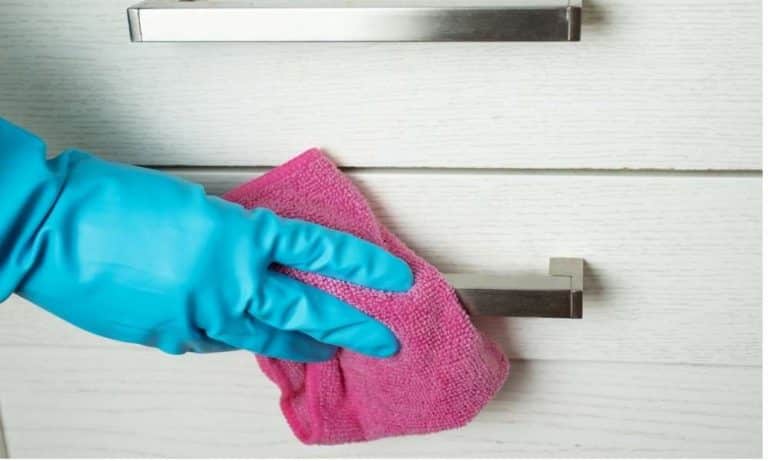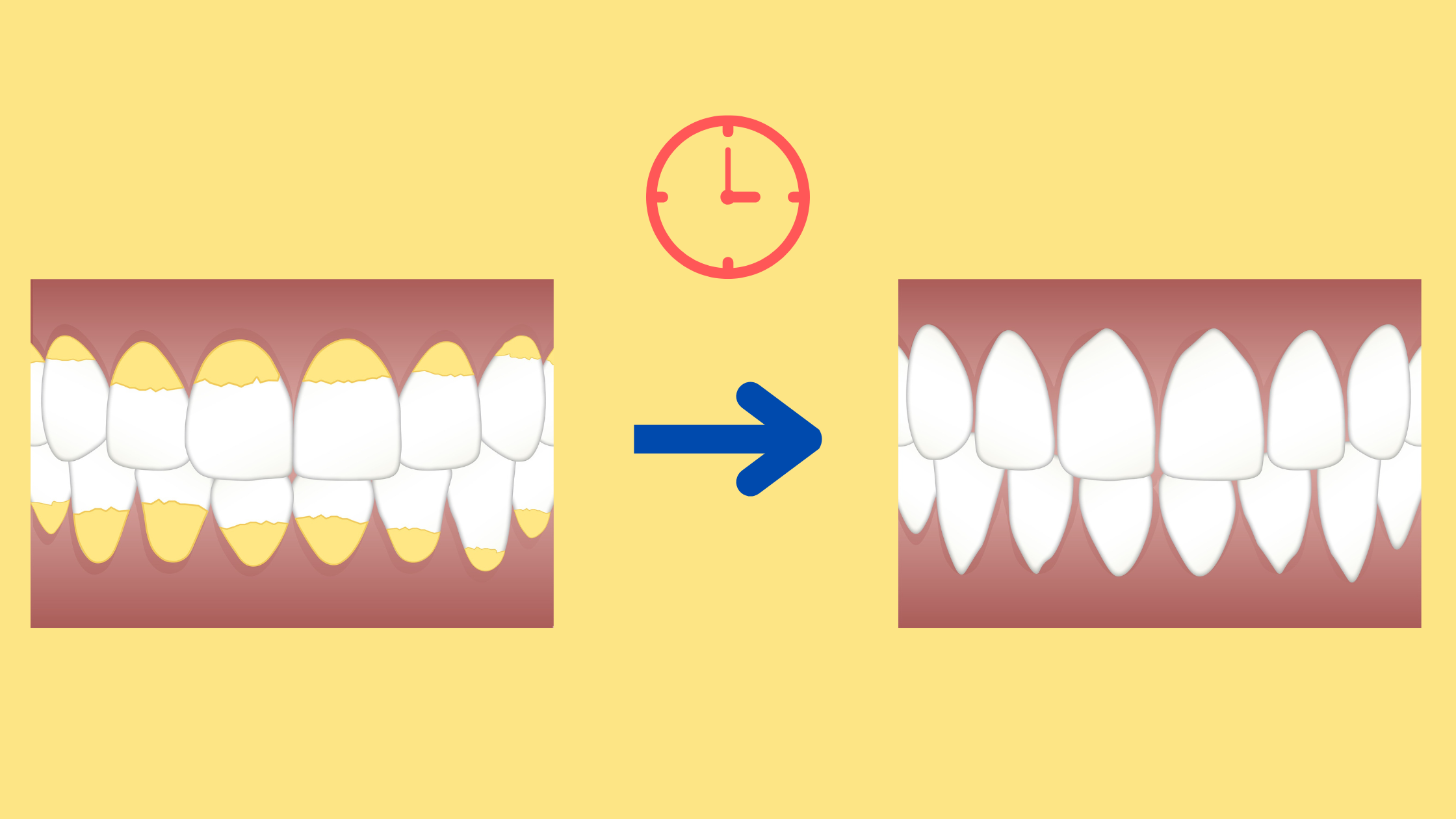Understanding Stains and Cabinet Materials

Before stripping stained cabinets, it is essential to understand the nature of the stains and the materials they are on. This knowledge will help you choose the appropriate stripping method and ensure a successful outcome.
Types of Stains on Cabinets
Stains on cabinets can be categorized based on their source and characteristics. Understanding the type of stain helps determine the best cleaning method.
- Water Stains: These stains are caused by water exposure, often leaving behind whitish or yellowish marks. They are common on wood cabinets and can be caused by spills, leaks, or high humidity.
- Grease Stains: These stains are caused by oils and fats, resulting in greasy or sticky residues. They are common in kitchen cabinets due to cooking activities.
- Food Stains: These stains are caused by food spills and can vary in color and texture. They can be challenging to remove, especially if they have been left to dry.
- Ink Stains: These stains are caused by inks, markers, or pens and can be difficult to remove, especially from porous surfaces.
- Paint Stains: These stains are caused by paint spills or overspray and can be difficult to remove, depending on the type of paint used.
Cabinet Materials and Stain Susceptibility
Cabinets are typically made from various materials, each with different properties that affect their susceptibility to staining.
- Wood: Wood is a porous material that readily absorbs liquids, making it susceptible to staining. Different wood species have varying levels of porosity, affecting their staining susceptibility. For example, oak and maple are more porous than cherry and walnut.
- Laminate: Laminate is a durable, non-porous material that is resistant to staining. However, scratches or damage to the laminate’s protective layer can expose the underlying material, making it susceptible to staining.
- Painted Cabinets: Painted cabinets have a protective layer of paint that can prevent staining. However, if the paint is chipped or scratched, the underlying material can be exposed and stained.
Cleaning Products and Methods
The choice of cleaning products and methods depends on the type of stain and the cabinet material.
- Water Stains: For water stains on wood cabinets, a mixture of mild dish soap and warm water is often effective. For stubborn stains, you can try using a wood cleaner or a baking soda paste.
- Grease Stains: Grease stains on cabinets can be cleaned using a degreaser, dish soap, or baking soda paste.
- Food Stains: Food stains can be cleaned with a mixture of warm water and dish soap. For stubborn stains, you can try using a stain remover or a baking soda paste.
- Ink Stains: Ink stains can be difficult to remove, but you can try using rubbing alcohol, nail polish remover, or a commercial ink stain remover.
- Paint Stains: Paint stains can be removed using a paint thinner or a commercial paint remover. However, it is important to test the product on an inconspicuous area first to ensure it does not damage the cabinet’s finish.
Stripping Techniques: How To Strip Stained Cabinets
/How-to-remove-laundry-stains-with-vinegar-1387973_color-9be616dca9664a84b6436d69ac047696.jpg)
Stripping stained cabinets involves removing the existing finish to prepare the surface for refinishing or painting. The choice of stripping method depends on the type of stain, the condition of the cabinets, and personal preference.
Chemical Strippers
Chemical strippers are effective for removing multiple layers of stain and varnish. They contain strong chemicals that dissolve the finish, making it easier to scrape off.
- Safety Precautions: Chemical strippers are highly flammable and corrosive. Always wear gloves, eye protection, and a respirator mask when using them. Work in a well-ventilated area and avoid contact with skin and eyes.
- Application: Apply the stripper evenly to the cabinet surfaces using a paintbrush or scraper. Allow it to sit for the recommended time, typically 15-30 minutes, until the finish softens.
- Removal: Use a scraper or putty knife to remove the softened finish. You may need to reapply the stripper to stubborn areas.
- Neutralization: After stripping, neutralize the stripper with a solution of water and baking soda to prevent damage to the wood.
Natural Alternatives, How to strip stained cabinets
Natural alternatives to chemical strippers include citrus-based strippers and mineral spirits. These options are less harsh and safer to use but may require more time and effort.
- Citrus-Based Strippers: These strippers are derived from citrus fruits and contain d-limonene, a natural solvent that dissolves finishes. They are less toxic than chemical strippers and have a pleasant citrus scent.
- Mineral Spirits: Mineral spirits are a petroleum-based solvent that can be used to remove some types of finishes, especially oil-based stains and varnishes.
Sanding Techniques
Sanding is a less aggressive method for removing stains, especially if the finish is thin or the wood is delicate.
- Sanding with Grit: Start with coarse-grit sandpaper (80-120 grit) to remove the top layer of finish. Gradually progress to finer grits (150-220 grit) to smooth the surface.
- Power Sanders: Power sanders can speed up the sanding process, but they require more care to avoid damaging the wood. Use a random orbital sander for a smooth finish.
Comparison of Methods
| Method | Effectiveness | Drawbacks |
|---|---|---|
| Chemical Strippers | Highly effective for removing multiple layers of finish | Toxic, flammable, corrosive, requires proper ventilation and safety precautions |
| Natural Alternatives | Less harsh and safer than chemical strippers | May require more time and effort |
| Sanding Techniques | Effective for thin finishes and delicate wood | Time-consuming, can damage the wood if not done carefully |
Finishing Touches

Once the stripping process is complete, the cabinets are ready for the final stages of refinishing, which involve preparing them for a new finish. This process includes sanding, cleaning, and priming, all crucial steps for achieving a smooth and durable finish.
Preparing Cabinets for Refinishing
This section Artikels the steps involved in preparing cabinets for refinishing after stripping.
| Step | Description |
|---|---|
| 1. Sanding | Sanding removes any remaining residue from the stripping process and smooths the wood surface. Start with a coarse-grit sandpaper (80-120 grit) to remove any remaining stripper residue and uneven surfaces. Gradually progress to finer grits (150-220 grit) for a smoother finish. |
| 2. Cleaning | After sanding, thoroughly clean the cabinets with a damp cloth to remove dust and debris. Ensure the surface is completely dry before proceeding to the next step. |
| 3. Priming | Priming is an essential step that creates a barrier between the wood and the new finish. It helps the new finish adhere better and provides a smooth, even surface. Choose a primer compatible with the new finish, such as oil-based primer for oil-based paint or latex primer for latex paint. |
Sanding, Cleaning, and Priming
This section elaborates on the process of sanding, cleaning, and priming cabinets before applying a new finish.
- Sanding: Sanding is essential for achieving a smooth surface for the new finish. Start with a coarse-grit sandpaper (80-120 grit) to remove any remaining stripper residue and uneven surfaces. Gradually progress to finer grits (150-220 grit) for a smoother finish. Sanding with the grain of the wood helps to prevent scratches and ensures a consistent finish.
- Cleaning: After sanding, thoroughly clean the cabinets with a damp cloth to remove dust and debris. Ensure the surface is completely dry before proceeding to the next step. Any remaining dust or debris can interfere with the adhesion of the new finish.
- Priming: Priming is a crucial step in the refinishing process. It creates a barrier between the wood and the new finish, improving adhesion and providing a smooth, even surface. Choose a primer compatible with the new finish, such as oil-based primer for oil-based paint or latex primer for latex paint. Apply the primer evenly using a brush, roller, or spray gun, ensuring complete coverage. Allow the primer to dry completely before proceeding to the final finish.
Finishes for Cabinets
This section discusses different types of finishes, including paint, stain, and varnish, and their suitability for various cabinet styles.
- Paint: Paint is a versatile finish that offers a wide range of colors and finishes. It can be used to create a bold statement or a subtle, understated look. Latex paint is a popular choice for cabinets, as it dries quickly, is easy to clean, and offers good durability. Oil-based paint provides a harder, more durable finish but requires more time to dry.
- Stain: Stain enhances the natural beauty of the wood by adding color and depth. It allows the wood grain to show through, creating a warm and inviting look. Oil-based stains are known for their rich color and deep penetration, while water-based stains are easier to clean up and dry faster.
- Varnish: Varnish provides a protective layer over the wood, enhancing its durability and beauty. It comes in various finishes, from gloss to matte, allowing for customization to match the desired aesthetic. Polyurethane varnish is a popular choice for cabinets, as it is durable, water-resistant, and offers excellent protection against scratches and wear.
How to strip stained cabinets – Stripping stained cabinets can be a daunting task, but it’s a worthwhile endeavor for a fresh start. Before you dive in, consider the overall aesthetic you’re aiming for. Perhaps a sleek, modern look would be enhanced by a small black storage cabinet in your space, adding a touch of sophistication.
Whatever your vision, remember that stripping cabinets is a meticulous process, requiring patience and careful attention to detail for optimal results.
Stripping stained cabinets is a labor of love, requiring patience and a careful approach. While the process can be tedious, the reward of a fresh, blank canvas for your cabinetry is worth the effort. Imagine, for instance, the elegance of a vincenzo de cotiis bar cabinet stripped of its original finish, ready to be transformed into a modern masterpiece.
Whether you’re aiming for a sleek contemporary look or a rustic farmhouse charm, stripping your cabinets opens up a world of possibilities for personalized style.
